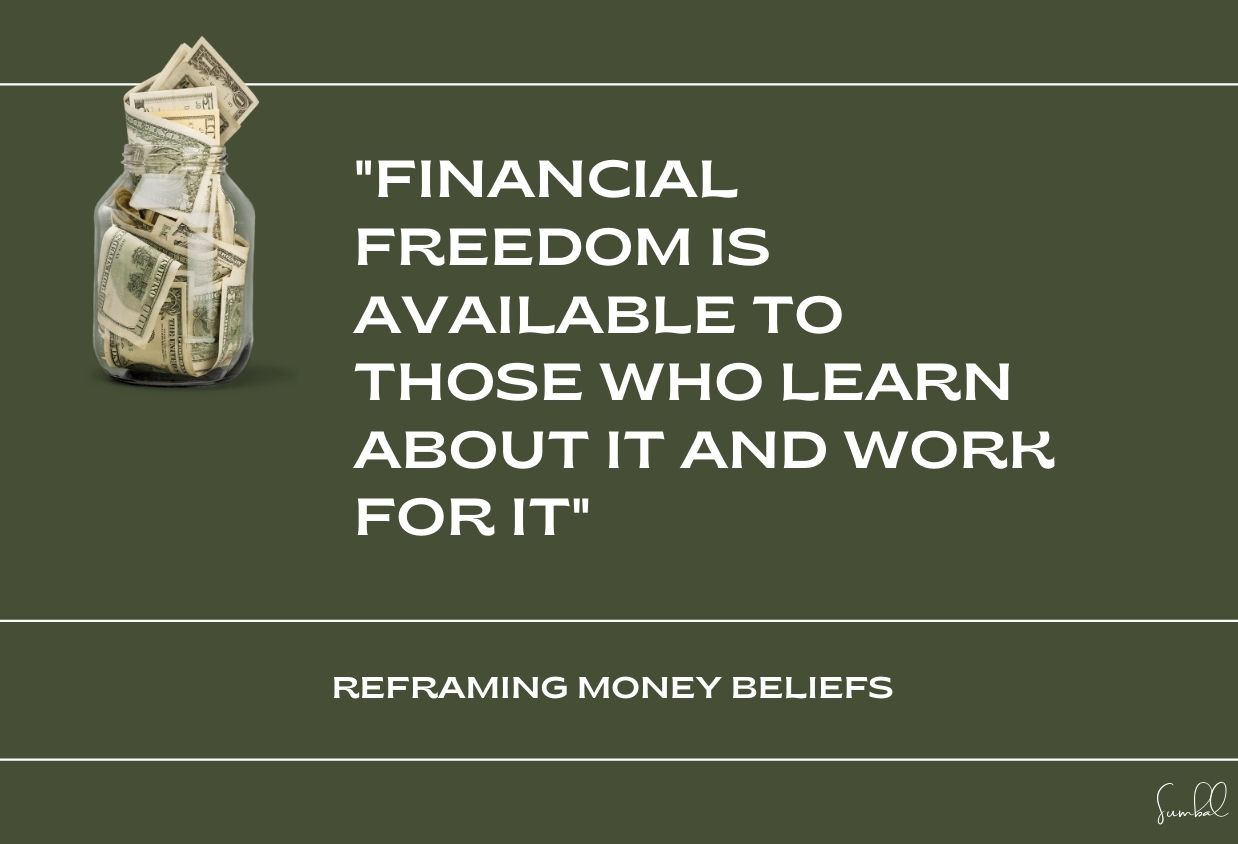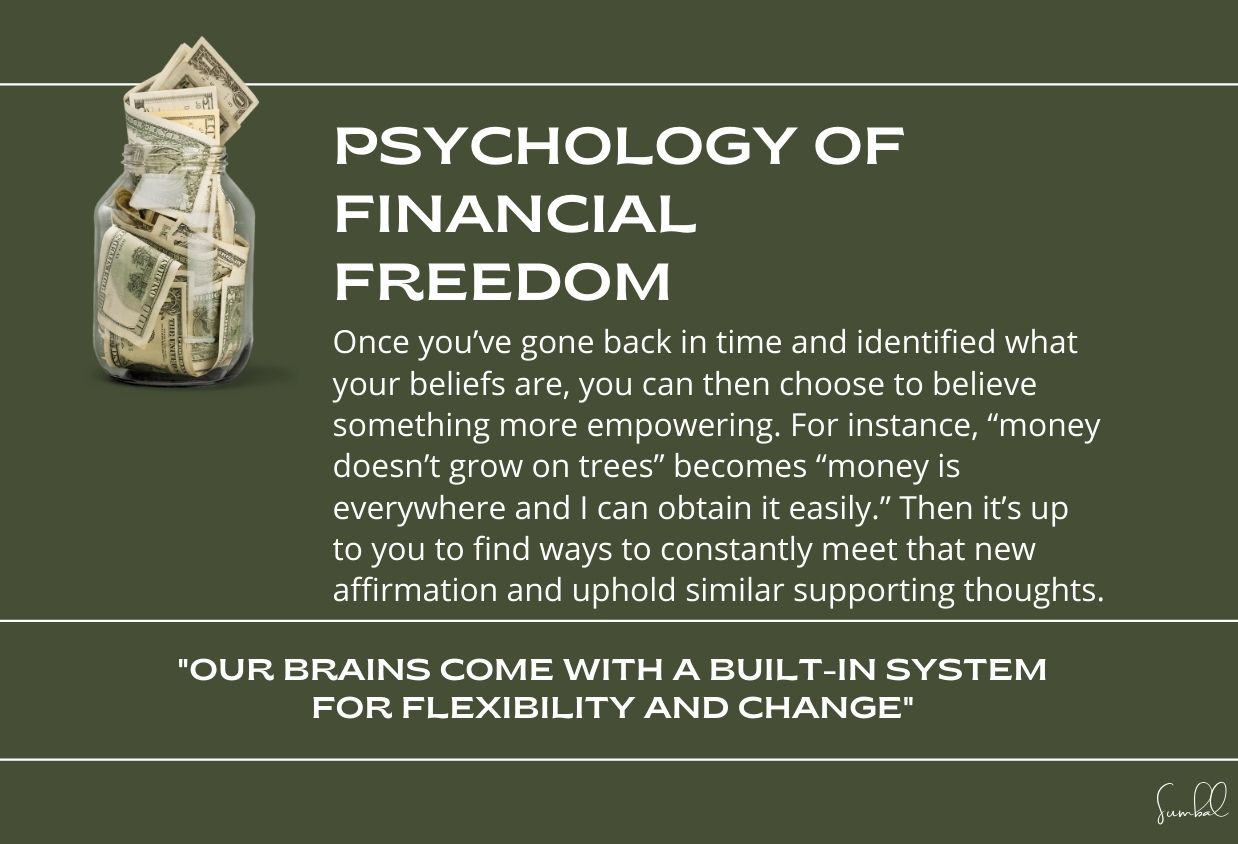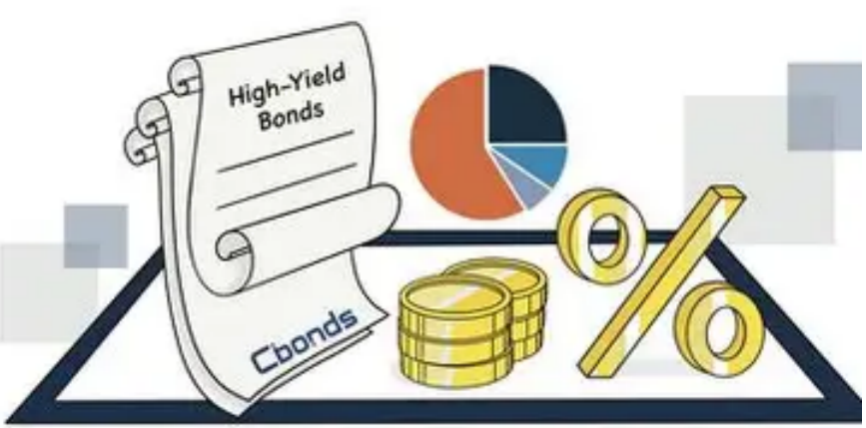Financial freedom doesn’t mean having an equal to or more than a certain digit; it has everything to do with free will. This feeling of freedom begins with a person’s internal changes in perceptions towards money. In early conditions, belief systems are based on either scarcity or the perceived lack of sufficiency in existing resources hence failure to save or develop debt. Acknowledging and transforming these perceptions is the starting point toward real financial self-sufficiency. Here are several examples of how changing mindsets the foundation for achieving positive financial freedom.

Key Mindset Changes for Financial Independence
From Scarcity to Abundance
A scarcity mentality requires one to always worry about the scarcity of resources, which can also create stress and lead to negative financial decisions. On the opposite, the abundance perspective concerns possibilities and opportunities. With this belief, one can stop worrying about where money will come from and devote effort to it. The move opens up people to saving, investing, and living in a way that cumulates wealth in the long run.
Viewing Money to Be a Tool, Not a Barrier
Most people see money as something that hinders their potential. By shifting their view of money as a tool rather than a problem, people are more likely to undergo a process of conscious behavior change, such as saving, investing, and gaining knowledge, to achieve personal financial freedom.
Practicing Gratitude and Intentional Spending
Financial liberation is not a process of eliminating something but a careful use of money. It involves practicing gratitude in a way that helps one get used to the personal valuation of goods. Weighted spending differs from normal spending because it targets spending deliberately to fit a person’s values and goals, unlike spending, which gives short-term satisfaction. Besides, its cost-effective approach also helps develop the feeling of control and accomplishment in financial management.

Reframing Money Beliefs
Changing deeply held financial ideas necessitates examining attitudes and presumptions that have been acquired over time. The following techniques can assist in reframing these ideas:
Identify Limiting Beliefs
These are limiting beliefs, such as “People earn money with much effort” or “Few people can be rich.” Just recognizing these beliefs is the first step towards disputing them.
Challenge and Replace Negative Beliefs
In place of an attitude like ‘I am not really good when it comes to dealing with finances,’ try changing that to ‘I am capable of learning how to manage my finances.’ Eliminate the old beliefs that are not healthy for one to embrace and replace them with new ones that are healthy for one's financial growth.
Visualize Financial Success
Visualization is a technique that helps develop the brain to work towards thinking positively. He comes up with the right picture of a good financial future which may, in turn, create the right attitude on a route to financial freedom.

Practical Strategies to Reinforce New Financial Habits
Developing useful habits is another aspect of rewiring one's financial mindset:
- Set clearly and specifically stated goals with a plan to achieve direction and control.
- Automating the saving process eliminates the need for individuals to spend money immediately and helps accumulate money over time.
- Checking the financial situation regularly helps to stay encouraged and make necessary changes if necessary.

The Cost of Financial Ignorance: An Individual's Guideline

Subscription Overload: Cost Control during the Age of Digital Memberships

Elevate Your Lifestyle Through Smart Wealth Management

High - Yield Bonds: A Fit for the Average Investor?

Failure to repay the signed loan on time has these hazards

Do you know what is the mystery of Artwork Fund?

The Time Machine of Pension Planning: 25 vs 45
